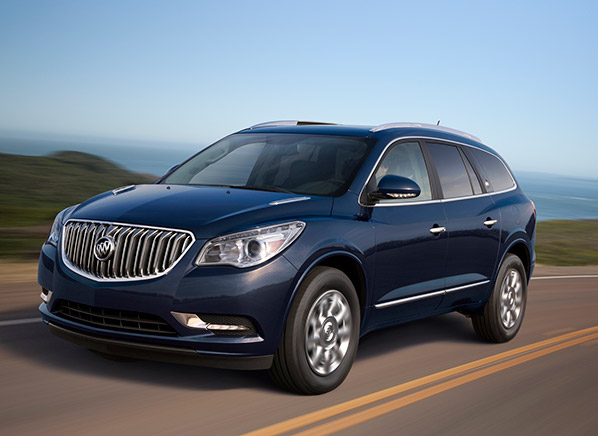Your heart is a powerful muscle that pumps blood through your arteries. To withstand that pressure, healthy arteries should be flexible. Anything that makes them less supple—advancing age, a genetic predisposition, certain medication, and risk factors such as inactivity, obesity, and smoking, for example—can make blood pressure rise.
Over time, that excessive pressure can damage blood vessels throughout the body, increasing the risk not only of heart attacks but also strokes, kidney damage, vision loss, arterial blockages in the legs, and sexual impotency. And the extra pressure forces the heart to work harder, which can weaken the heart muscle and increase the risk of heart failure.
To help prevent those problems, it's important to detect high blood pressure early, before too much damage is done. That's why you should have it checked at least once every two years, and more often if you're 50 or older or have other risk factors. In fact, it's a good idea to have it done during every visit to a health-care provider.
If your initial reading is high, don't panic. A number of factors, including pain and emotional stress, can temporarily boost blood pressure. To improve accuracy:
- Don't smoke, exercise, or consume anything caffeinated for at least half an hour before your appointment.
- Go to the bathroom first, since a full bladder can affect the reading.
- Sit with your feet flat on the floor for 5 minutes before the reading. Rest your arm on a table so it's at heart level. Remain quiet during the test.
If your systolic (upper) level is 140 millimeters of mercury or higher, or your diastolic (lower level) is 90 mmHg or higher, your doctor should retest at least twice over the next several weeks to confirm the results. For more on what your blood pressure levels mean, see the box below.
























